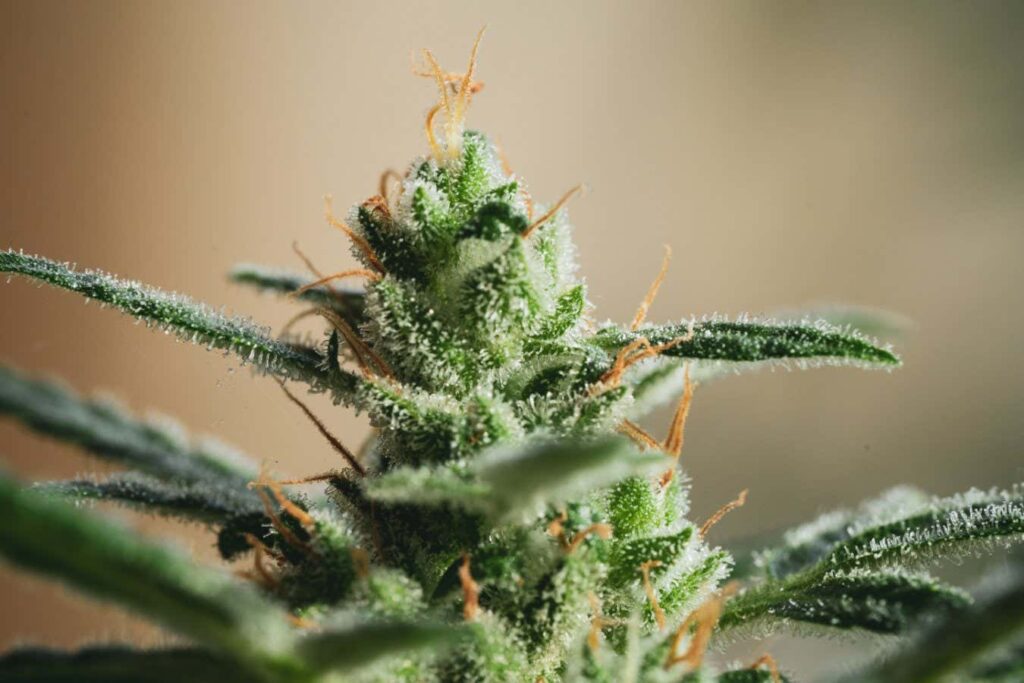From its origins on the Tibetan plateau, humans have transported cannabis across the planet
The Global Journey of Cannabis
Cannabis, found on every continent except Antarctica, has a fascinating history marked by human cultivation and trade. It originates from the Tibetan plateau, where it evolved approximately 28 million years ago, having diverged from the hop plant. Over the millennia, early humans unintentionally facilitated its spread.
Cannabis and Human Influence
Initially, humans may have dispersed cannabis by clearing land for settlements and discarding food remnants. This created optimal conditions for the plant by providing:
- Open spaces
- Sunlight
- Fertile soil
Some scientists describe the plant as a “weedy camp follower,” thriving in areas modified by human activity.
Early Cultivation and Uses
Evidence suggests that humans started cultivating cannabis around 12,000 years ago. Its diverse applications included:
- Fibres: The stalks could be dried and used for textiles.
- Edible seeds: Useful for nutrition and oil production.
- Medicinal properties: Resin-coated bracts may have therapeutic effects, though substantial evidence for psychoactive use is relatively recent.
Because cannabis seeds are not encased in fruit, animals are less likely to consume them, making human dispersal critical for its proliferation. The seeds are heavy and round, further limiting their ability to travel by wind.
The Expansion Across Continents
Moving from the Tibetan plateau, cannabis spread through:
- Central and East Asia: Early cultivation expanded into these regions.
- The Indian subcontinent and Middle East: Carried by nomadic groups by about 2000 BC.
- Europe: By the Middle Ages, cannabis was widely cultivated here.
- Africa and Southeast Asia: Introduced through trade routes.
- The Americas: European colonists brought cannabis in the 16th century.
Diversity Within Cannabis
As humans cultivated cannabis for various uses, distinct varieties emerged, leading to the two major species known today: Cannabis sativa and Cannabis indica. There remains ongoing debate regarding whether these represent separate species or merely different cultivars of the same one, as discussed in this research paper.
Conclusion: The Timeless Plant
The history of cannabis underscores the profound relationship between humans and plants. As our understanding evolves, cannabis continues to flourish globally, symbolizing not just a plant but a rich tapestry of human culture and innovation.
The Science of Cannabis
With the rising popularity of cannabis and its compounds, ongoing research delves into its medical potential, cultivation methods, and environmental impact. Explore more about how cannabis interacts with our bodies and minds, and what the future holds for this remarkable plant.
Topics:


